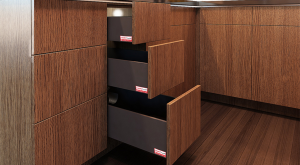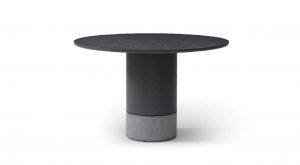Featured Post
DIY Furniture Repair: Tips and Tricks
Furniture, especially recliners, can be a significant investment. Over time, wear and tear are inevitable, but with some DIY skills, you can repair and maintain your furniture, saving money and extending its lifespan. This article provides tips and tricks for DIY furniture repair, with a focus on recliners.
Understanding Your Recliner
Before diving into repairs, it's helpful to understand the basic components of a recliner. A typical recliner consists of a frame, a reclining mechanism, upholstery, and padding. The frame provides structure, the mechanism allows the chair to recline, the upholstery covers the chair, and the padding offers comfort.
Regular maintenance is crucial to keep your recliner in good condition. This includes cleaning, lubricating moving parts, and checking for loose screws or bolts.
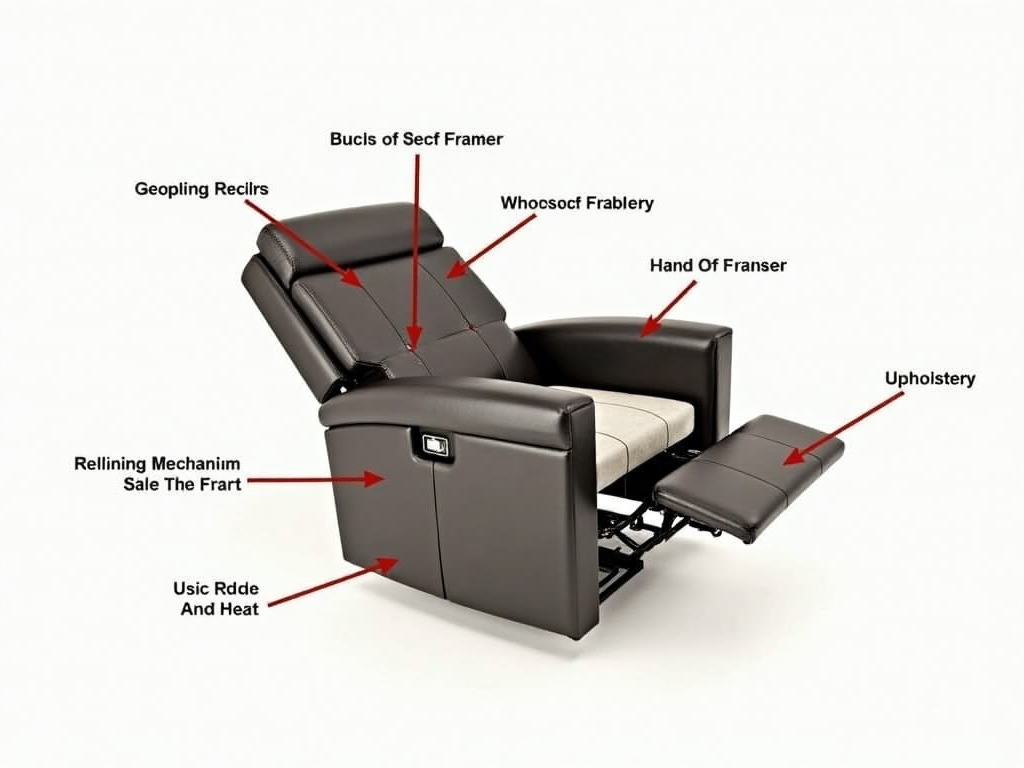
Common Recliner Problems and DIY Fixes
Broken or Loose Reclining Mechanism
One of the most common issues with recliners is a broken or loose reclining mechanism. This can prevent the chair from reclining properly or cause it to get stuck in one position.
To fix this, first, identify the problem. Is the mechanism not engaging, or is it loose? You'll need tools like a screwdriver, wrench, and possibly replacement parts.
Steps to repair: 1. Turn the recliner upside down to access the mechanism. 2. Inspect for broken or loose parts. 3. Tighten any loose screws or bolts. 4. If a part is broken, replace it with a new one from the manufacturer or a hardware store. 5. Test the mechanism to ensure it works smoothly.
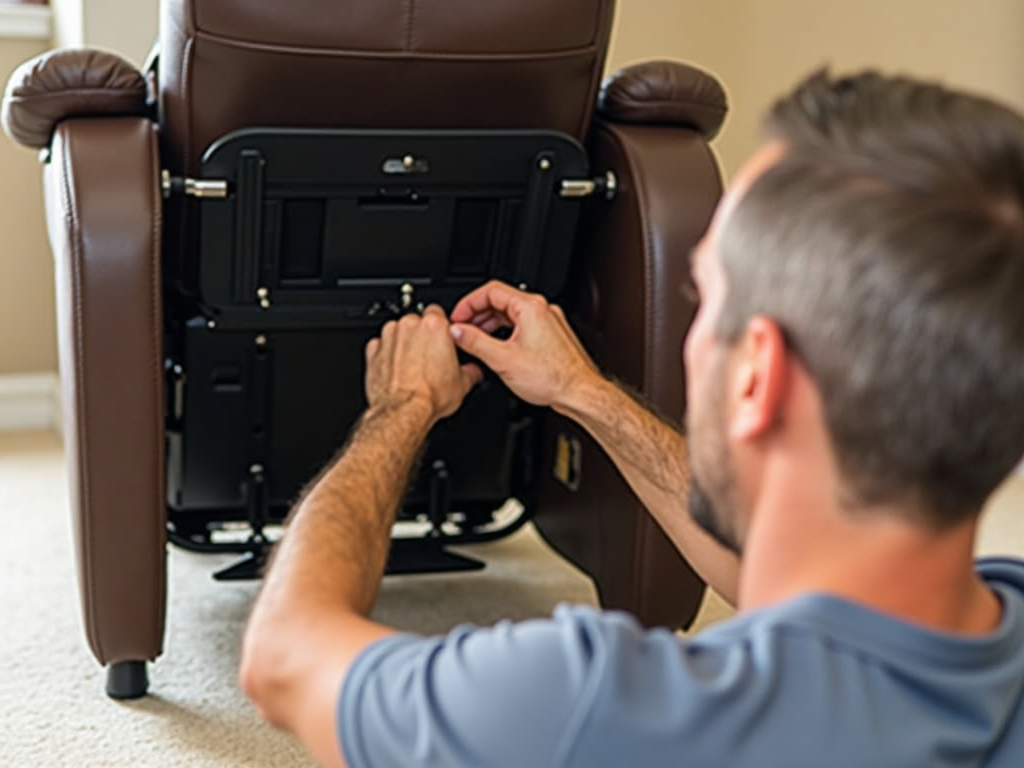
Torn or Damaged Upholstery
Tears or damage to the upholstery can make your recliner look worn out. For temporary fixes, you can use duct tape or fabric patches. For a more permanent solution, consider reupholstering the chair.
Reupholstering tips: - Choose a durable fabric like microfiber or leather. - Measure the chair accurately to determine how much fabric you need. - Use a staple gun to attach the new fabric securely.

Squeaky or Noisy Operation
If your recliner squeaks when you use it, the moving parts likely need lubrication. Grab a can of WD-40 or any lubricant spray, and apply it to the joints and springs. Wipe off any excess to avoid staining the upholstery. If the noise persists, check for loose screws or bolts and tighten them.
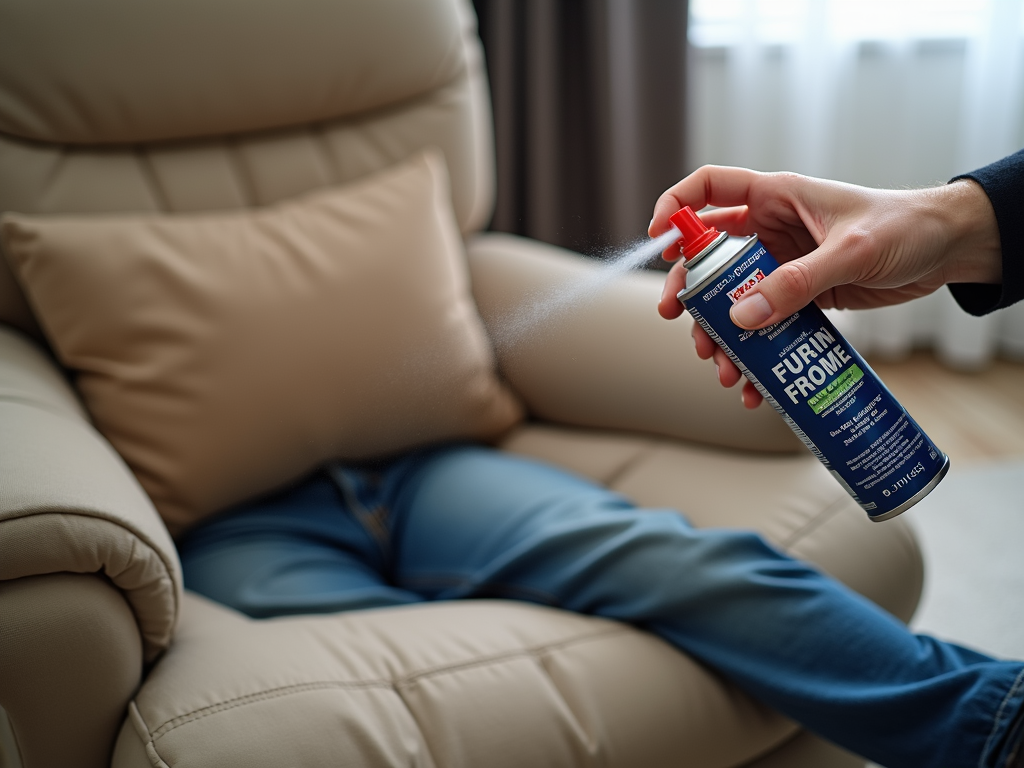
Worn-Out Padding or Cushions
Over time, the padding in your recliner can become flat or uncomfortable. To fix this, you can replace the cushion or add extra padding. Measure the cushion size and purchase foam or batting from a craft store. Cut it to size and insert it into the cushion cover.
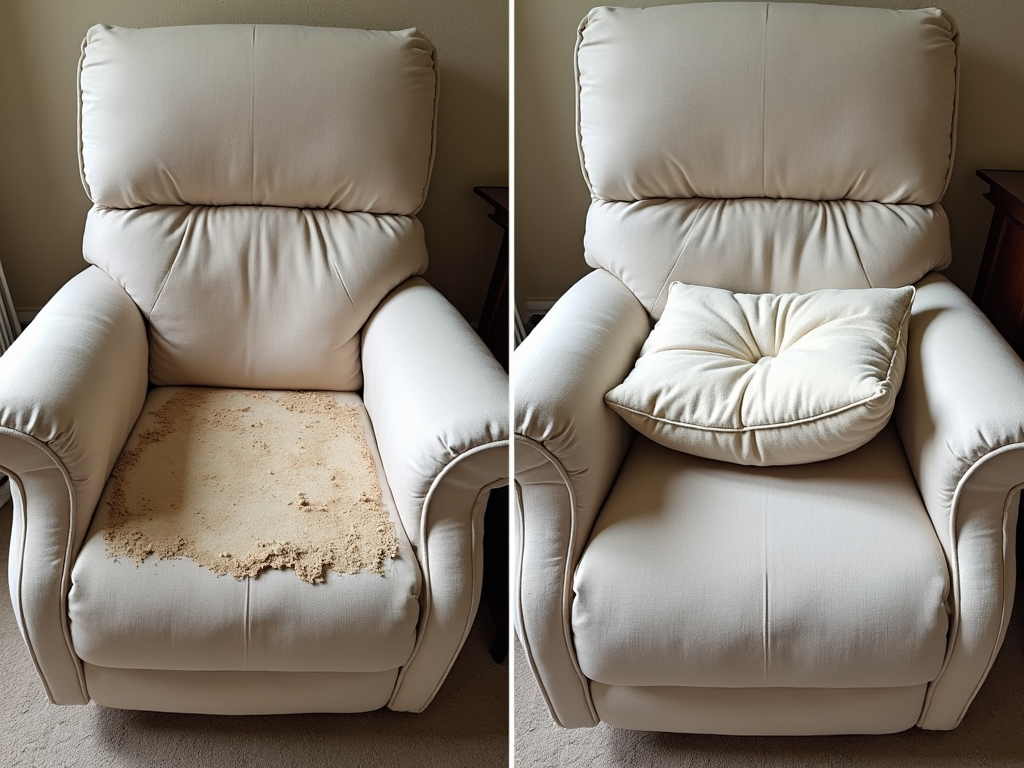
Stains or Dirt Accumulation
Regular cleaning is essential for maintaining your recliner's appearance. For fabric upholstery, use a vacuum with an upholstery attachment to remove dust and debris. For leather, wipe with a damp cloth and use a leather conditioner every few months. For tough stains, try a homemade solution of water and mild soap.

General Furniture Repair Tips
Fixing Loose Joints or Wobbly Legs
Loose joints can make furniture unstable. Use wood glue or epoxy to secure the joint. For added strength, use corner braces or metal plates. Clamp the joint while the glue dries for a tight fit.
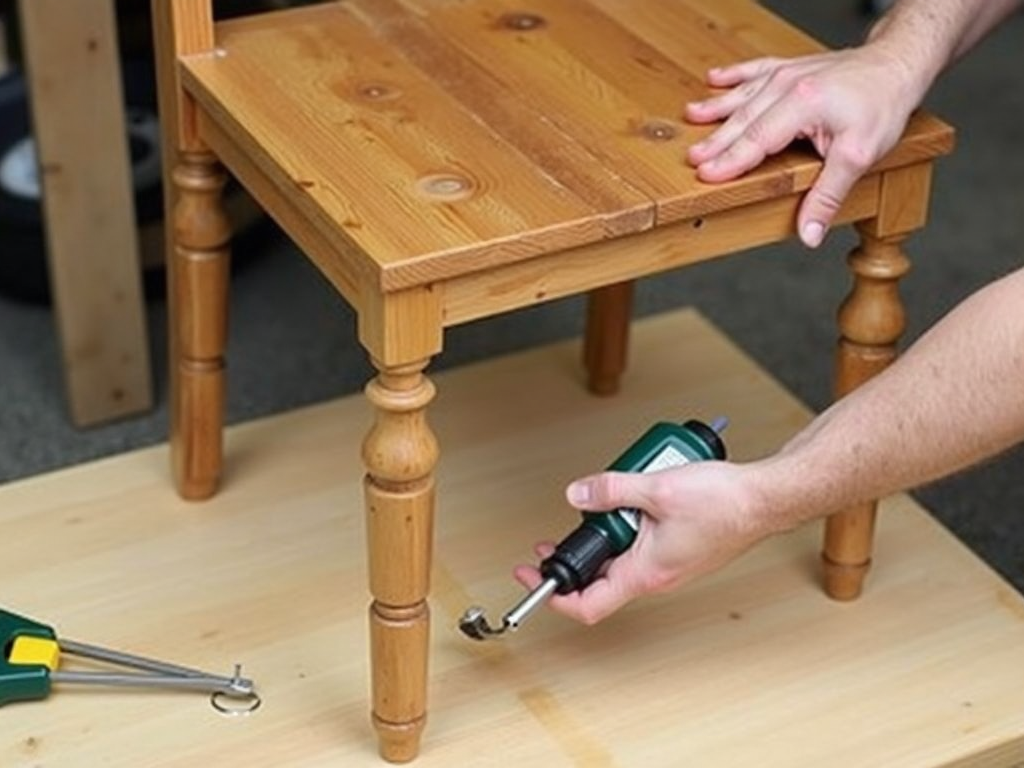
Repairing Scratches or Dents in Wood Furniture
For minor scratches, use a furniture marker or crayon that matches the wood color. For deeper scratches or dents, apply wood filler, sand it smooth, and refinish the area.
Re-gluing Veneer or Laminate
If the veneer or laminate is peeling, apply a thin layer of adhesive underneath and press it down firmly. Use a roller to smooth out any bubbles and clamp it until the glue dries.
Maintenance and Cleaning Tips
- Regular Cleaning: Vacuum fabric upholstery weekly and wipe leather with a damp cloth.
- Protective Measures: Use coasters for drinks and covers to protect from pets or children.
- Seasonal Maintenance: Tighten screws and lubricate moving parts every six months.
Summary
DIY furniture repair doesn't have to be intimidating. With the tips and tricks shared in this article, you can tackle common recliner problems and general furniture issues with confidence. Remember, a little maintenance goes a long way in preserving your furniture's beauty and functionality. So, roll up your sleeves and give your furniture the care it deserves!







